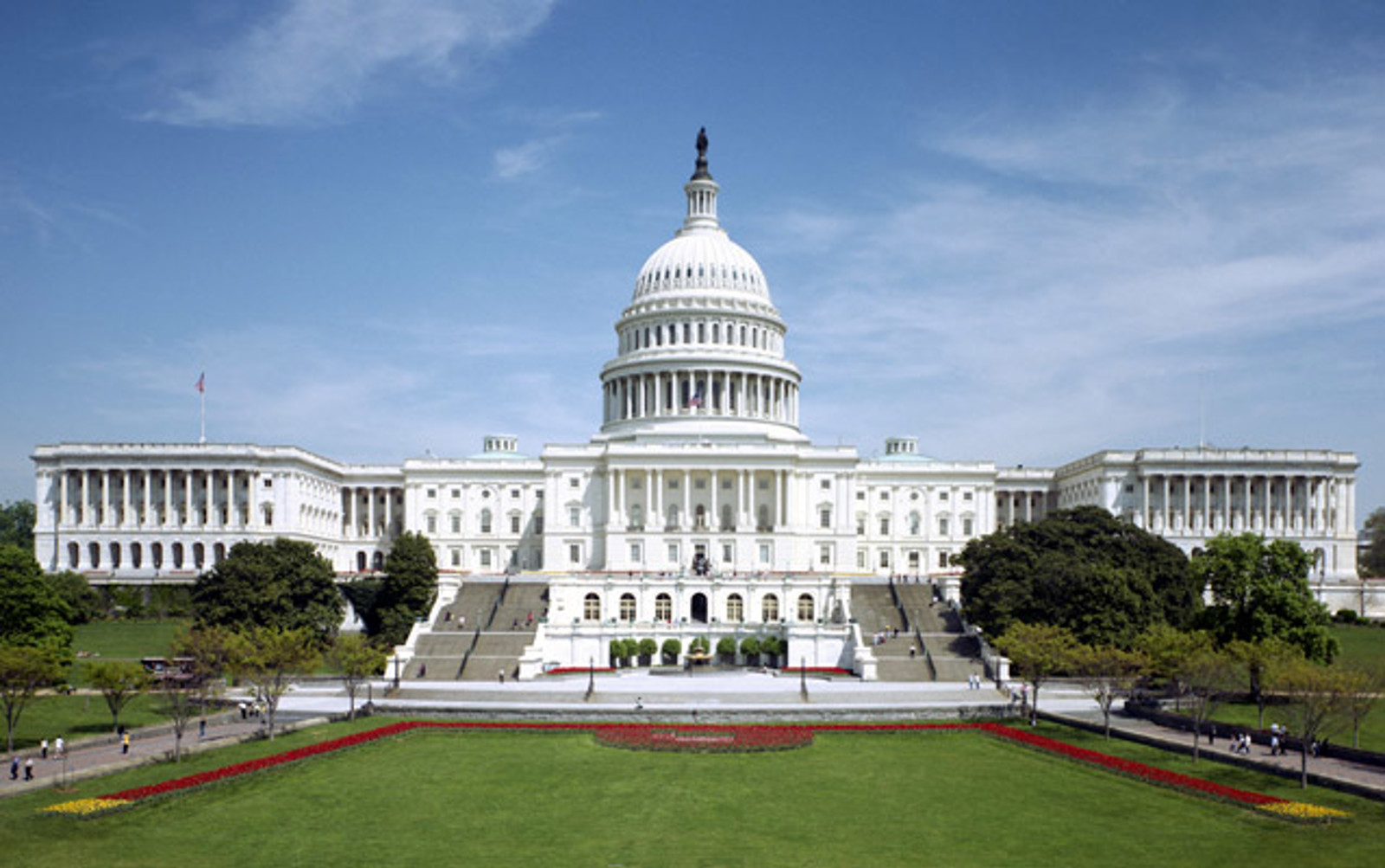Group Recommends New, More Efficient Research Funding Model
The Joint Associations Group on Indirect Costs (JAG) recommended to Congress and the administration a new approach to how the federal government reimburses research institutions for indirect costs. The Financial Accountability in Research (FAIR) model was developed by ten national higher education and research organizations, including NAICU, and a team of subject matter experts.
The FAIR model (FAQ) aims to modernize a system that is out of step with the evolving research landscape. aims to modernize a system that is out of step with the evolving research landscape. It replaces outdated terminology around Facilities and Administrative (F&A) costs with a clearer, more transparent structure that better reflects the true cost of conducting federally funded research
Why This Matters
Indirect costs such as maintaining labs, ensuring compliance, and supporting critical research infrastructure are critical to innovation. Yet proposed federal caps on these costs threaten the sustainability of U.S. research leadership. FAIR offers an alternative: a comprehensible, community-driven framework that ensures research institutions can continue to thrive without limitations.
Key Features of the FAIR Model
-
Simplifies cost recovery by eliminating complex F&A rate proposals
-
Improves transparency around how funds are used
-
Accounts for regional cost differences, making funding more equitable
-
Reduces red tape by treating more items as direct costs
-
Complies with and modernizes federal regulations
-
Provides clarity to policymakers and the public
Also, this week, JAG hosted a town hall meeting to present the model to the research community and created a set of FAQs to answer questions about the proposal.
What’s Next
JAG is proposing a two-year phased implementation to allow research institutions and federal agencies the time needed to adapt systems, policies, and procedures. Successful adoption will also require updates to current federal regulations.
The FAIR model reflects months of public engagement, contributions from over 5,000 stakeholders, and deep analysis by experts in policy and research finance across the higher education community.
For more information, please contact:
Dorian Wanzer

